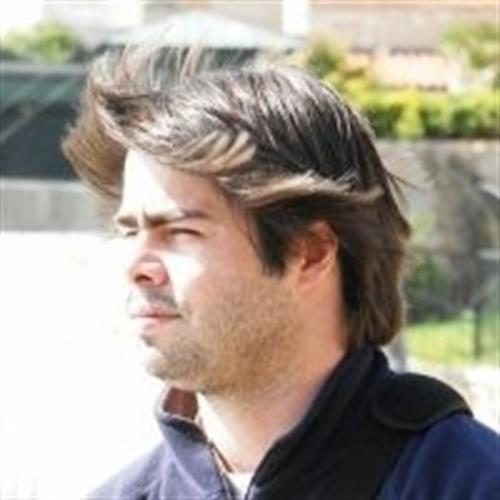-
What is RT60 and what is it used for?
Sound is made by pressure waves. Those waves spread from their starting point and bounce around walls, ceilings, floors and every surface, losing energy over time.
Read -
JOCAVI is made for you!
If you need a custom stylish treatment panel to make your room unique, you can rely on JOCAVI.
Read -
How to make your own home studio
Do you sing, play some instruments, want to record podcasts, maybe get into production and don't know the steps you must take to create your own home studio, we're here to help!
Read -
Case Study - Hasseris Gymnasium
The Hasseris Gymnasium & IB World School is a high-school founded in 1970 in Aalborg, Denmark. Designed in the modernist style, it has approximately 800 students each school year.
Read -
What is acoustics?
"Acoustics is the branch of physics that studies sound. Sound is a wave phenomenon caused by a wide range of objects and sound sources, which is propagated through the different physical states of matter.
Read -
SmartAV home cinema showroom by JOCAVI
If you want to build a home cinema you need to correctly address your room acoustics. There is no use in buying top-of-the-line equipment without controlling your flutter echoes and balancing noise levels.
Read -
-
Join us in New York
This year we'll be partnering with Professional Audio Design in a larger, more visible and integrated booth where you'll be able to see our products being used in real enviroments!
Read -
-
What is comb filtering?
The filtering function that arises when a signal is added to itself after having delayed in time is called a comb filter. The resulting frequency response resembles a comb, hence the name.
Read -
How do standing waves influence sound fields?
Parallel walls in the room should be prevented. Then the strongest modes are suppressed. When placing the monitors it is important that as few modes as possible are excited. This is why the monitors should not be placed in a maximum of a standing wave. At low frequencies a monitor can be considered as to radiate the sound energy in all directions.
Read -
What are room modes?
The special frequencies are also called room modes. Standing waves between parallel walls are called axial modes. Other modes exit. For instance tangential and radical modes. (See the illustration). Normally the axial modes are the strongest.
Read -
What is the Sabine formula?
Wallace Clement Sabine is the father of modem acoustics. He found that reverberation time is described by a relationship between the room size and the amount of absorption in the room. Larger rooms – longer reverberation. More absorption – shorter reverberation.
Read -
What are reverberation times?
The reverberation time measurement is defined by the time it takes a sound to attenuate 60 dB after the source is stopped. In the real life we can experience reverb times from approximately 0 sec. (outdoors or in anechoic chambers) to something like 10 – 12 sec. In special reverb chambers the time may exceed 20 sec. Control rooms normally should have a reverb time around 0.2 – 0.3 sec.
Read
Get in
touch
Text to us and tell us all your wishes
as your closest friend.

